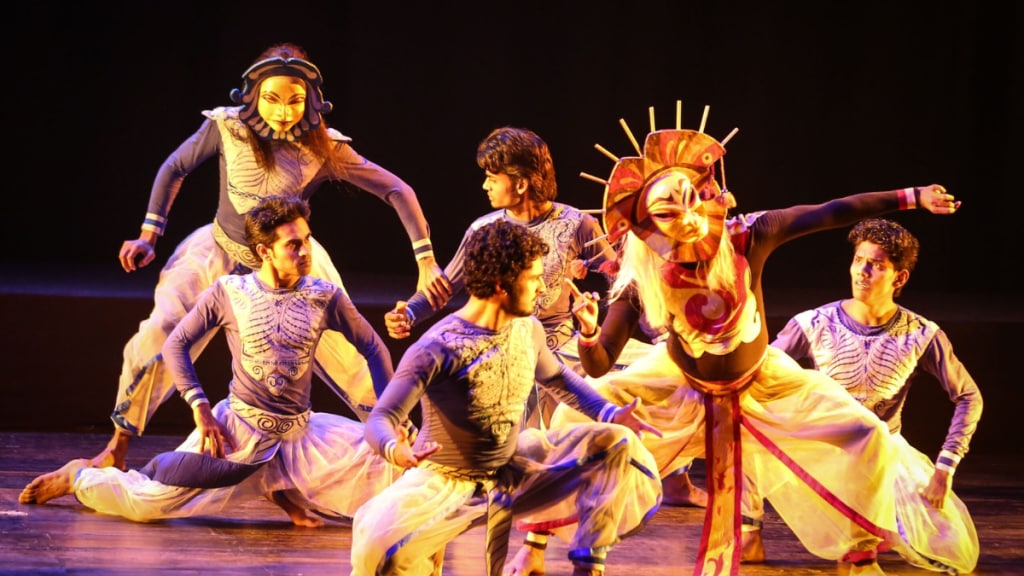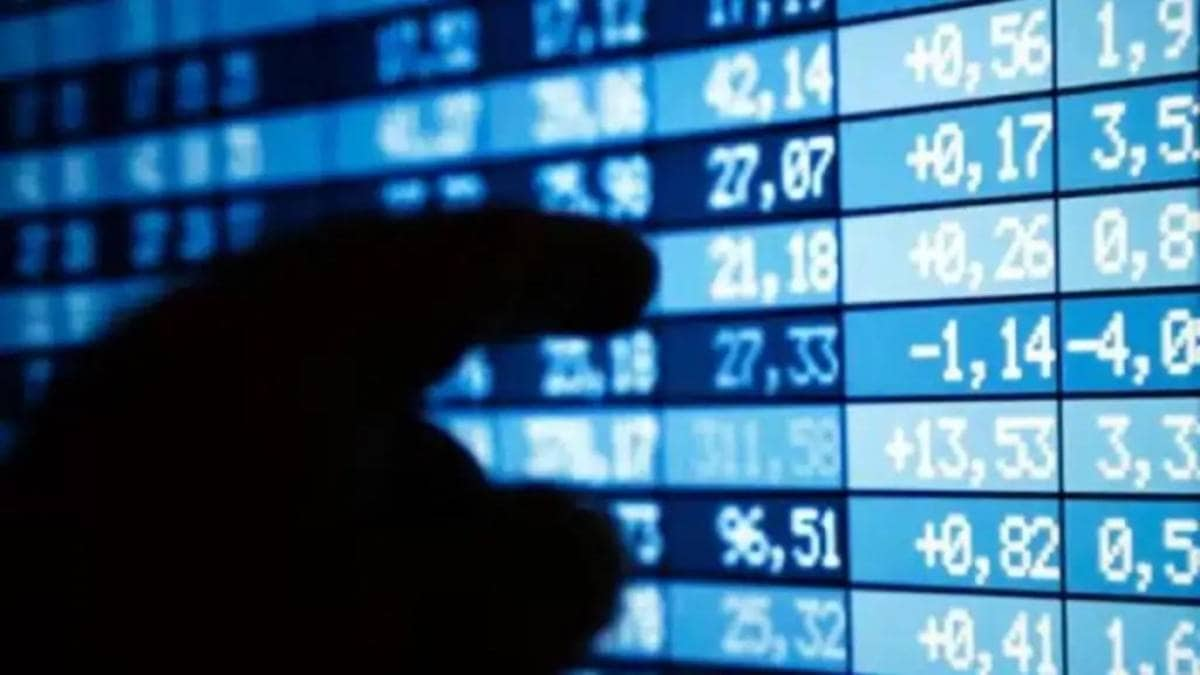The Serendipity Arts Festival is slated to happen in Goa from December 15-22. Sunil Kant Munjal, founder-patron, Serendipity Arts Foundation, talks about this year’s edition and how it will be bigger and better. Edited excerpts:
What are the new initiatives at the festival this year?
This year, we are introducing several innovative initiatives to expand the festival’s interdisciplinary reach. The first of these is the AI Lab, in collaboration with Somewhere Arts, which explores the intersection of art and technology through immersive experiences. This year, the New-Delhi based artist duo, Thukral & Tagra, who are known for exploring socio-economic landscape through the lens of experiential activities, will be making their debut as curators. We also have projects like Abundance in Scarcity, which focuses on Ladakh’s sustainable practices and cultural resilience.
There is a strong focus on those perhaps not at the forefront—Dalit food, Ladakh, accessibility. Is this a conscious decision? What was the thought behind it?
Yes, this is a very conscious decision. The festival has always aimed to champion inclusivity and diverse voices. By focusing on under-represented cultures and communities, we are making a statement about the importance of these voices in shaping the contemporary cultural landscape.
How is the festival bigger and better this year?
The 2024 edition has expanded significantly, with new disciplines, projects, and collaborations, making it one of the largest and most interdisciplinary editions to date. We have introduced exciting performances across multiple genres, including AI-driven installations, performance art, and large-scale immersive projects. The festival also includes collaborative workshops and exhibitions that highlight sustainability, cultural resilience, and the fusion of traditional and modern artistic practices.
Our culinary arts programming, such as Build Your Own Pickle, Eat the Wild: Foraging for Edible Weeds in the City and MOCK WILD PICNIC, invites greater community participation. Furthermore, this year’s multisensory experiences cater to audiences with disabilities, expanding the festival’s accessibility.
Will this year also see some paid events for revenue generation?
This year’s festival includes select ticketed events, such as workshops and certain theatre and dance productions like Aqeedat and performances under the Legacy series, celebrating icons like Kumudini Lakhi and Kelucharan Mohapatra. This is because these events have limited seating, and a token barrier to entry ensures audience participation, providing more intimate and exclusive experiences—not for revenue generation. However, the festival continues to offer a wide range of larger, free-to-attend events to ensure accessibility for all.
Is funding growing bigger—from your end and from other sponsors?
Each year, our network of partners and institutions expands, reflecting the growing significance of cultural exchange and artistic innovation. This year, collaborations with international institutions like the French Institute in India and LACMA further extend the festival’s reach.
On the cusp of ten years, how do you look back at the festival?
Looking back, the journey has been nothing short of transformative. What started as a vision to celebrate and promote interdisciplinary arts has evolved into one of the largest cultural platforms in South Asia. As we approach our tenth year, I am proud of how far we’ve come and excited for the future, where we will continue to innovate and inspire through the arts.








